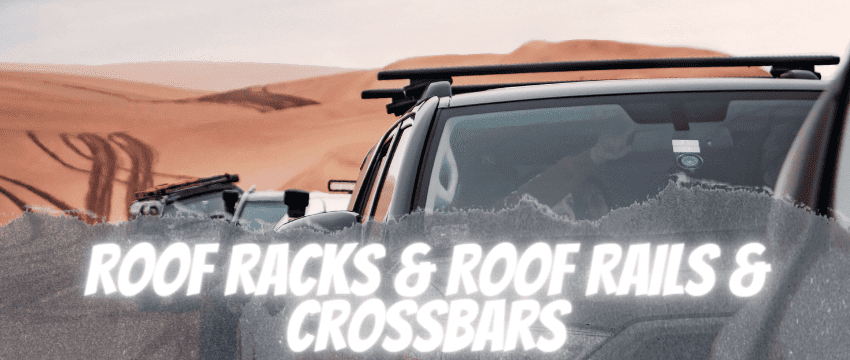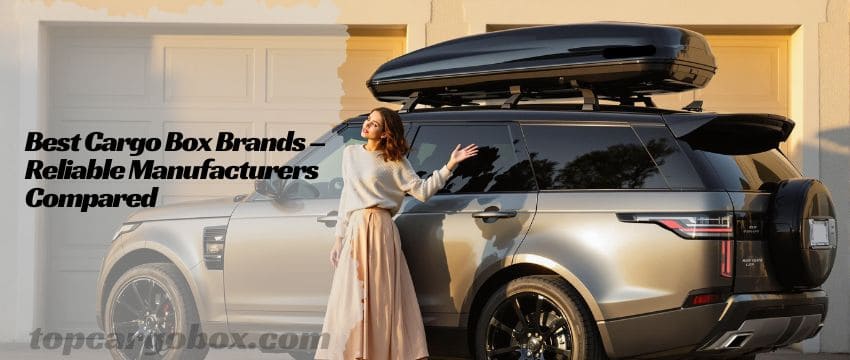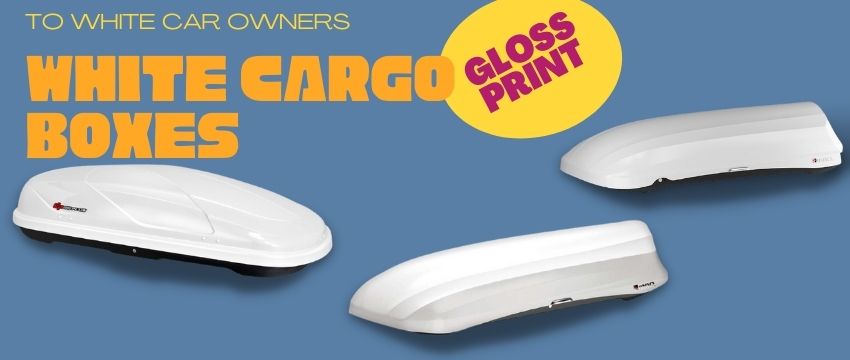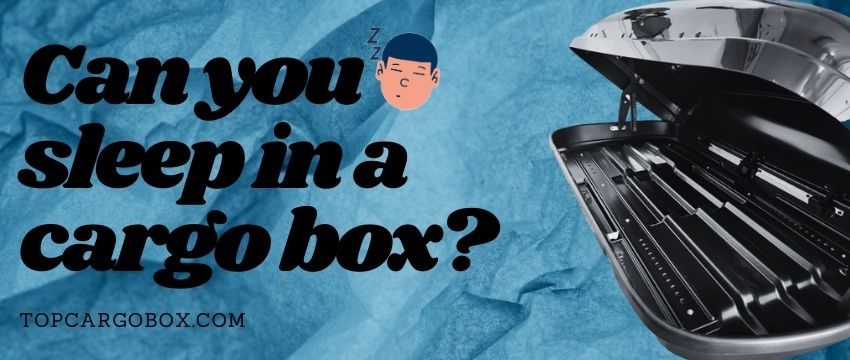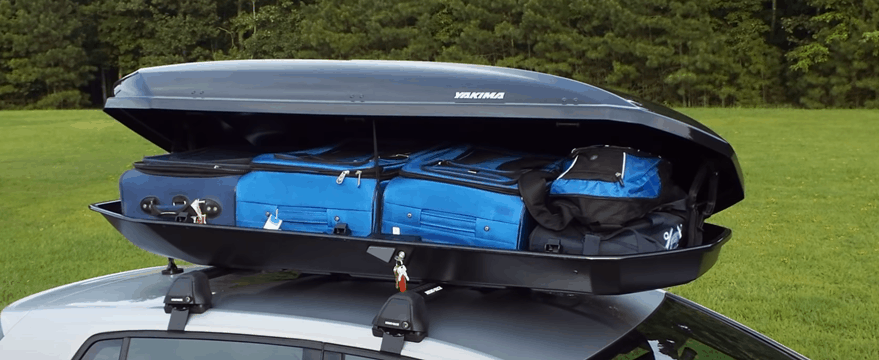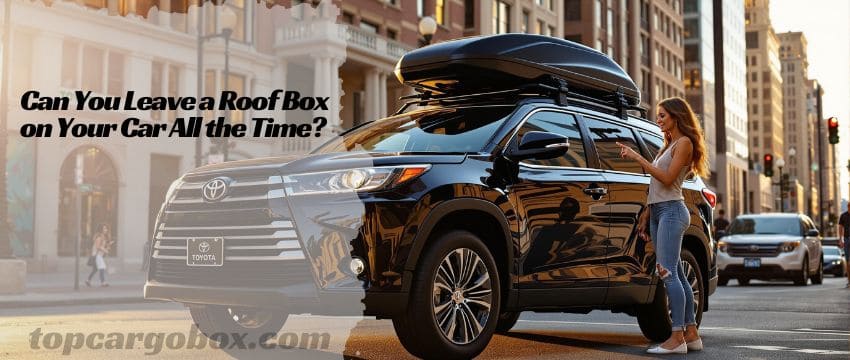How to Choose the Perfect Car Roof Box: A Comprehensive Guide for Every Traveler
Selecting the right car roof box can transform your travel experience, turning chaotic road trips into streamlined adventures. Whether you’re a family of five heading to the mountains or a surfer chasing waves, the ideal roof box combines capacity, durability, and ease of use. But with countless options flooding the market, how do you pinpoint the best fit? This guide breaks down the process into ten essential considerations, ensuring you make an informed choice tailored to your lifestyle.
1. Understanding Your Needs: The Foundation of Your Decision
Before diving into specs, ask: What’s the primary purpose of my roof box? Your answer dictates every feature you’ll prioritize.
- Frequency of Use: Occasional users might opt for affordability and compactness, while frequent travelers need durability and spaciousness. For example, a monthly camper benefits from a rugged, high-volume box, whereas a skier using it seasonally might prefer a sleek, aerodynamic design.
- Types of Gear: Bulky items like tents and snowboards demand longer boxes, while soft luggage fits in shorter models. A family packing strollers and suitcases needs a box with versatile compartments.
- Travel Style: Solo adventurers prioritizing fuel efficiency might choose slim designs, while road-tripping families prioritize space over aerodynamics.

Imagine: A photographer transporting drones and cameras requires a box with padded interiors, while a cyclist needs one that accommodates bike racks. Align your choice with your most common cargo.
2. Hard Shell vs. Soft Shell: The Great Debate
Roof boxes fall into two categories, each with distinct pros and cons.
- Hard Shell Boxes: Constructed from molded plastic or fiberglass, these offer superior security and weather resistance. They’re ideal for protecting delicate gear like electronics or ski bindings. Brands like Thule’s Motion XT feature dual-side opening, allowing easy access from either side of the vehicle. However, they’re heavier and pricier.
- Soft Shell Boxes: Made from reinforced fabric, these are lightweight and collapsible for storage. Perfect for occasional use, they’re budget-friendly and fit irregularly shaped items. Yet, they’re less secure and prone to wear in harsh weather.
Pro Tip: Hybrid models, like Yakima’s SkyBox, merge hard-shell durability with flexible storage, offering a middle ground for diverse needs.
3. Size and Capacity: Balancing Space and Practicality
Roof boxes range from 10 to 22 cubic feet. But bigger isn’t always better.
- Volume Needs: Calculate the total gear volume. A 16-cubic-foot box holds ~6 suitcases, suitable for a family of four. Solo travelers might opt for 12 cubic feet.
- Weight Limits: Check your vehicle’s roof load capacity (usually 100–165 lbs). Exceeding this risks damage or accidents. For instance, Subaru Outbacks typically handle 150 lbs, so a loaded 40-lb box leaves 110 lbs for gear.
- Vehicle Compatibility: Measure roof dimensions and crossbar spacing. A too-long box can obstruct hatchbacks, while narrow boxes might not fit wide SUVs.
Case Study: A couple using a Honda CR-V chose a 14-cubic-foot box (Thule Force XT) for weekend trips, maximizing space without blocking rear visibility.
4. Installation and Compatibility: Ensuring a Secure Fit
A roof box is only as reliable as its installation.
- Roof Rack Requirements: Most boxes require crossbars. Factory rails (like Toyota’s) may need aftermarket crossbars (e.g., Rhino-Rack Vortex).
- Mounting Systems: U-bolt systems suit round crossbars, while clamp-on (e.g., Yakima’s SKS Locks) fit aerodynamic bars. Ensure the box’s mounting style matches your racks.
- Ease of Installation: Look for tool-free systems if you frequently remove the box. Thule’s Quick-Grip knobs allow quick setup, ideal for renters.

Safety Note: Improper installation causes 30% of roof box failures. Always follow torque specifications for bolts to prevent loosening.
5. Material and Durability: Weathering the Storm
Your roof box faces sun, rain, and road debris.
- Materials:
- ABS Plastic: Affordable and impact-resistant but may fade under UV light.
- Fiberglass: Premium option offering superior strength and gloss finish, seen in models like Inno Shadow 16.
- Weatherproofing: Ensure 100% waterproof seals. Look for dual-density gaskets and drainage channels to prevent pooling.
- Security: Integrated locks (e.g., Thule’s One-Key System) deter theft, crucial for storing valuables.
Real-World Test: A 2022 study found ABS boxes retained integrity in hailstorms, while soft shells showed wear after 2,000 miles of highway use.
6. Ease of Use: Convenience on the Go
A user-friendly design saves time and frustration.
- Loading Accessibility: Dual-side opening (e.g., Thule Motion XT) lets you access gear from either side, perfect for tight parking. Front-loading boxes suit sedans with trunk access.
- Internal Organization: Adjustable straps and dividers secure loose items. The Yakima SkyBox Carbonite includes a mesh pocket for small tools.
- Locking Mechanisms: Central locking systems streamline security. Avoid boxes with flimsy latches that freeze in winter.
Pro Hack: Use color-coded straps inside to quickly locate gear, reducing time spent rummaging.
7. Aerodynamics and Fuel Efficiency: Saving Money and the Planet
A box’s shape impacts fuel costs and noise.
- Design Features: Tapered fronts (like Thule Vector) reduce drag, improving MPG by up to 20% versus flat-front boxes.
- Noise Reduction: Wind deflectors minimize whistling. Testers noted the SportRack Horizon reduced cabin noise by 15 decibels.
- Weight Impact: Every 100 lbs reduces fuel efficiency by 1–2%. A 40-lb box with 80 lbs of gear might cost an extra $0.50 per gallon on long trips.
Did You Know? Removing the box when unused can save $150 annually in fuel for average drivers.
8. Brand and Warranty: Trusting Your Investment
Reputable brands offer peace of mind.
- Top Brands:
- Thule: Industry leader with innovative designs and robust warranties (5 years).
- Yakima: Known for sleek aesthetics and customer-centric support.
- SportRack: Budget-friendly without compromising durability.
- Warranty Insights: Longer warranties (3+ years) often indicate quality. Thule’s coverage includes UV damage, a common issue.
User Experience: A Yakima customer praised their “no-questions-asked” replacement of a cracked latch within warranty.
9. Budget Considerations: Maximizing Value
Prices range from $300 (SportRack Vista) to $1,500 (Thule Pulse Alpine).
- Entry-Level ($300–$600): Adequate for light, occasional use.
- Mid-Range ($600–$1,000): Balanced features for regular travelers (e.g., Yakima SkyBox 16).
- Premium ($1,000+): Ideal for professionals needing rugged, high-capacity storage.
Cost-Saving Tip: Buy off-season; roof boxes often drop 20% in autumn.
10. Legal and Safety Essentials: Staying Compliant
Ignoring regulations can lead to fines or hazards.
- Load Overhang: Most states limit rear overhang to 4 feet. Use red flags for extended loads.
- Weight Distribution: Heavier items should sit forward, centered between crossbars to prevent sway.
- Driving Adjustments: Tall vehicles with roof boxes may become top-heavy; reduce speed on curves.
Legal Case: A Colorado driver faced a $200 fine for a 5-foot overhang without a flag.
Conclusion: Your Road to the Perfect Roof Box
Choosing a roof box isn’t about the “best” model—it’s about the best fit for your journey. By evaluating your needs, vehicle specs, and travel habits, you’ll find a box that enhances every adventure. Prioritize durability for frequent use, aerodynamics for long hauls, and security for peace of mind. With this guide, you’re equipped to navigate the market confidently, ensuring your next trip is clutter-free and unforgettable.
Hit the road with confidence—your ideal roof box awaits.
Our team is creating outdoor-gear relevant articles with passion. If our articles can help you to find the correct solutions for your questions, we will be happy about that. In the content creation process, we usually collect accurate and useful information online or offline to compile our content in an organized way. Consequently, we can guarantee that you can discover some expected answers to your questions. We appreciate your time on our site.


